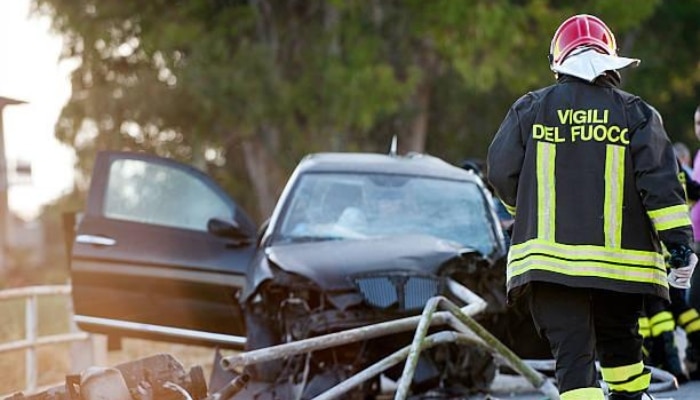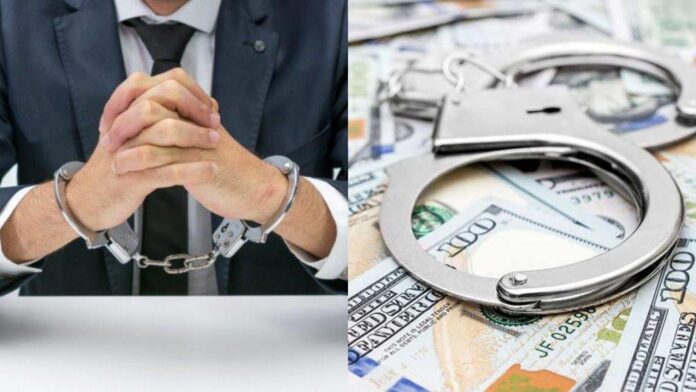Car accidents can leave victims dealing with physical injuries, emotional distress, and financial burden. Determining who is responsible for the accident is crucial for seeking justice and compensation. To hold the responsible party accountable, you must build a strong case that proves their role in causing the accident.
This process involves gathering the proper evidence, understanding legal responsibilities, and presenting compelling arguments. Knowing how to establish liability is essential for those looking to pursue compensation from the at-fault party.
This article explores the essential steps to demonstrate the at-fault party’s role in a car accident.
Gather Evidence at the Scene
The strength of any car accident claim lies in the evidence gathered immediately after the crash. This is the most critical time to collect information supporting your case. Begin by taking photos of the site of the accident, including vehicle damage, skid marks, road conditions, and visible injuries. Be sure to capture multiple angles to create a complete picture of what happened.
Witness statements are also essential in proving the other party’s fault. Speak to anyone who saw the accident and take down their contact information for later use. Ask them to give a written or recorded statement while the event is still memorable in their minds.
Moreover, securing a copy of the police report can be incredibly valuable. Law enforcement officers typically document their observations, and their reports can include crucial details about who they believe was at fault.
Demonstrate Traffic Law Violations
One of the most straightforward ways to prove the at-fault party’s role in a car accident is to show that they violated traffic laws. This could include running a red light, speeding, not giving way, or driving under the influence of alcohol or drugs. If the other driver attained a traffic citation at the scene, this could be decisive evidence in your favor.
Even if no citation was issued, you can still argue that the other party violated traffic laws based on eyewitness accounts or surveillance footage. Demonstrating that the other driver broke the law strengthens your claim to pursue compensation from the at-fault party.
Leverage Expert Testimony
In some cases, proving fault requires the help of an expert witness. Accident reconstruction specialists can analyze the crash scene, vehicle damage, and other vital elements to determine how the accident occurred. Their analysis often provides objective evidence that can support your case.
Medical experts/professionals can also play a role in demonstrating how the injuries you sustained align with the nature of the accident, further proving that the other driver’s actions caused the harm. Expert testimony can add credibility to your claim, especially in intricate cases where fault is disputed.
Prove Negligence
Negligence is a central principle in personal injury cases, including car accidents. To prove negligence, you must demonstrate that the respondent had a duty of care, violated that duty, and is responsible for your injuries. In simpler terms, the driver was responsible for acting in a way that would prevent harm, and they failed to do so.
To establish negligence, consider these elements:
- Duty of care: All drivers are accountable for following traffic laws and driving safely.
- Breach of duty: The other driver did not uphold their responsibility, such as texting while driving or speeding.
- Causation: The breach directly led to the accident and your injuries.
- Damages: You suffered tangible losses, such as medical bills or lost wages, as a result.
Demonstrating negligence is critical when seeking compensation from the at-fault party, as it lays the groundwork for holding them responsible.
Document Your Damages
Even after proving the other party’s fault, you must show how the accident impacted your life. This includes documenting all financial losses resulting from the crash, such as medical bills, vehicle repairs, and lost income. Keep records of your treatment plans, prescriptions, and ongoing medical care.
Non-economic damages like pain and suffering, psychological distress, or a reduced quality of life should also be considered. These damages can pose a challenge to quantify but are essential in painting a complete picture of how the accident affected you.
Conclusion
Proving the at-fault party’s role in a car accident requires a thorough approach and attention to detail. You can build a strong case by gathering evidence, demonstrating traffic law violations, and proving negligence.
DISCLAIMER: The images/videos/logos showcased on this page are the property of their respective owners. We provide credit and sources wherever possible. However, If you find that your image/video is displayed on this blog without authorization, please contact us with the relevant details, and we will promptly address your concerns.

I’m Soha Owais, a law graduate with an LLB (Hons), blending my legal background with a passion for storytelling. As an author and writer at Saudiscoop.com, I craft engaging narratives that connect with both local and international audiences, bringing a fresh and informed perspective to the stories that matter.




